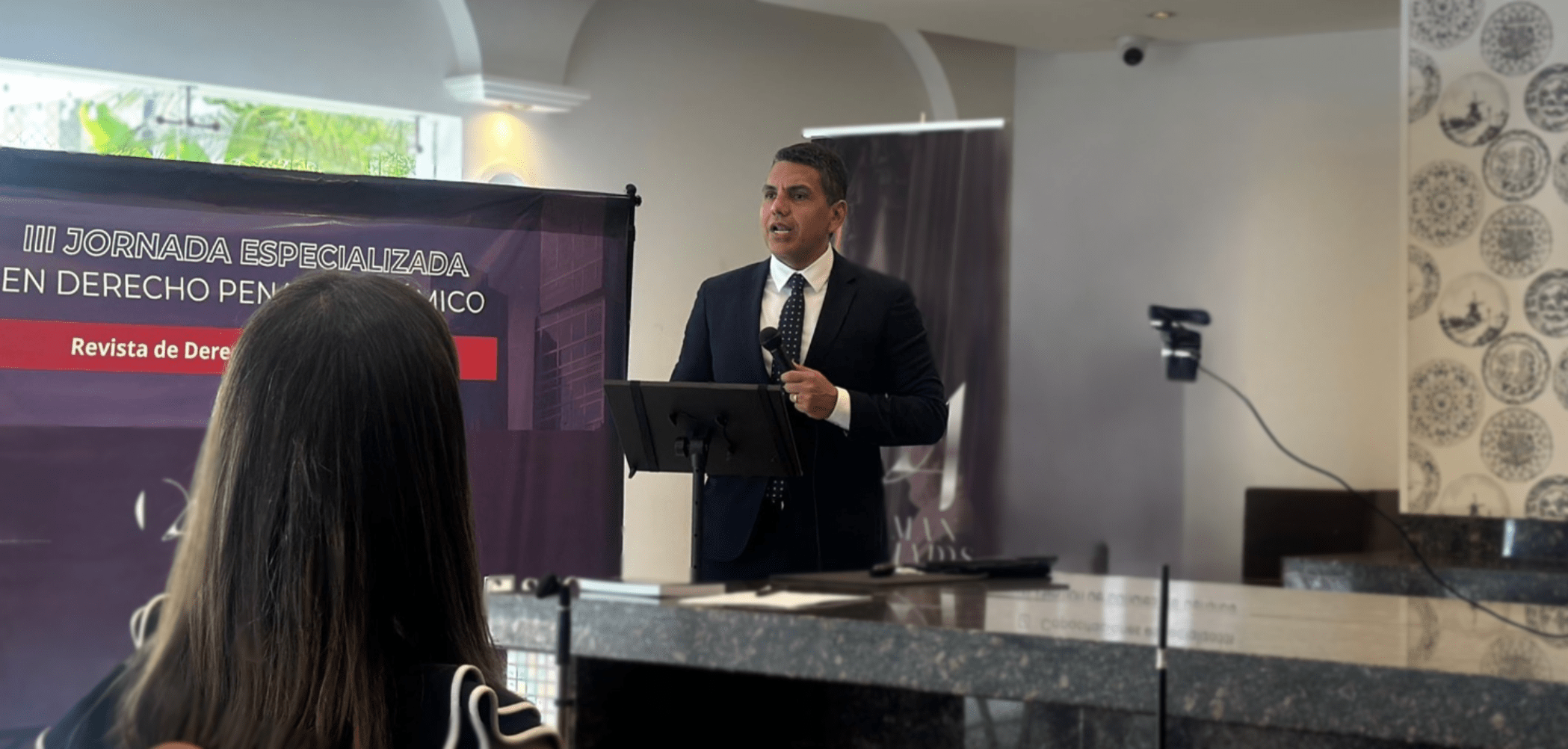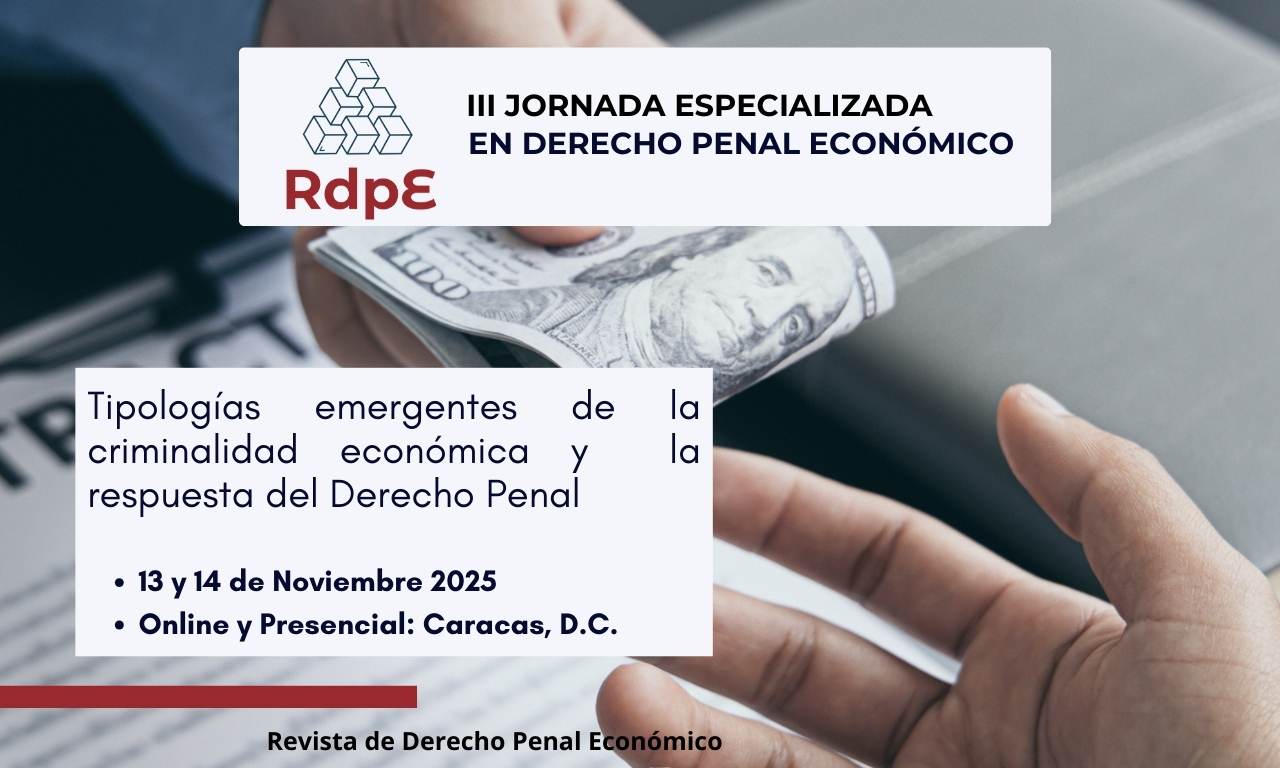Ever wondered how could society diminish or eradicate corruption? Ever thought it was impossible to be reduced? Well, think again because there are several researches developing models, guidelines, and measures to do so. Though it sounds at first like a simple recipe that can be followed and then turn into reality, it isn’t.
It is, in fact, quite logical and precise. Two economists, Anwar Shah and Mark Schacter, active workers in the World Bank, have actually come up with some resolutions and suggestions about it.
In their article ‘Combating Corruption: Look Before You Leap’, they explain the types of corruption, levels of incidence and what factors lead to it. They link public sector corruption with failure of the governments of implementing policies to respect and protect the public interest rather than the private.
They stress the importance of knowing what type of corruption people are to target in order to design and apply specific programs with effective results. At this point, the scenario becomes deeper and difficult.
An interesting point they address is to find out what drives corruption. In this matter, they mention one particular thing related to a weak commitment of the national leaders to combat corruption, which it’s linked to a widespread corruption in the public sector. Then, they look back at some anticorruption strategies that failed in the past, recall some factors and situations that might have complicated the scenarios.
They state that decentralization may be an effective antidote to corruption because of the increase of public authorities to citizens. However, if corruption is extensive, decentralization can reproduce it in more levels when executed in the wrong situation.
Their model poses a dilemma, though. They confirm what others have already affirmed: the more corrupted practices a country has within its system, the less probabilities of such country requesting help to fight it. An indirect approach in this kind of situation is suggested. Transparency is key in their statement; they define it as a powerful tool for people in order to access to information about government’s performance; highlighting how citizen empowerment is a very influential antidote against corruption.
This can be done through the creation of reforms from the bottom to the top, letting people acknowledge how the government spends public money and manages projects and the importance of nongovernmental investors’ involvement on the situation, if required.
In a few words, when trying to design an effective anticorruption program, it’s absolutely necessary to study what type of corruption is the society to deal with, how widespread within the public and private sector is, and finally, if help from other actors might be needed or not. There is not a unique formula in order to fight corruption.



